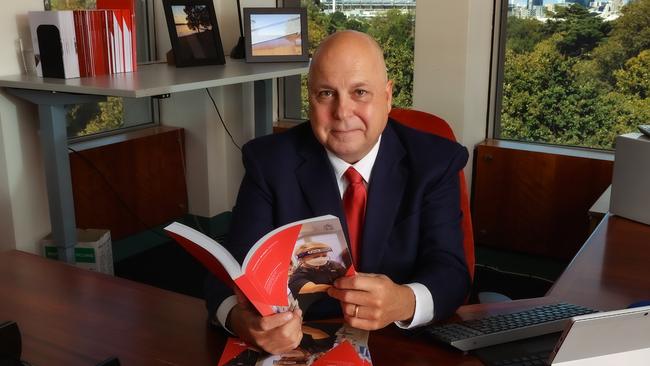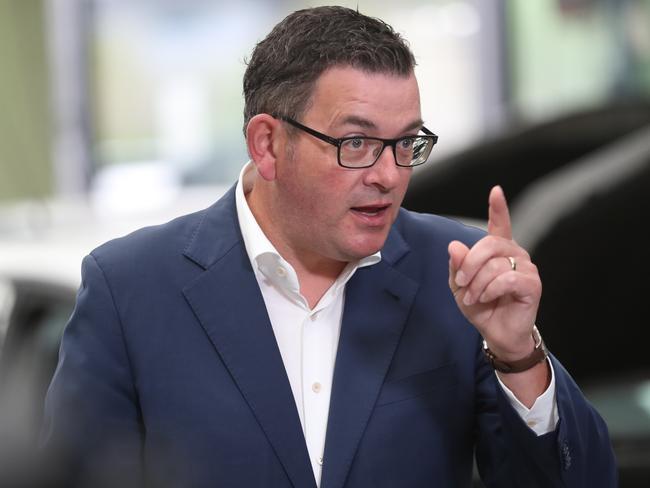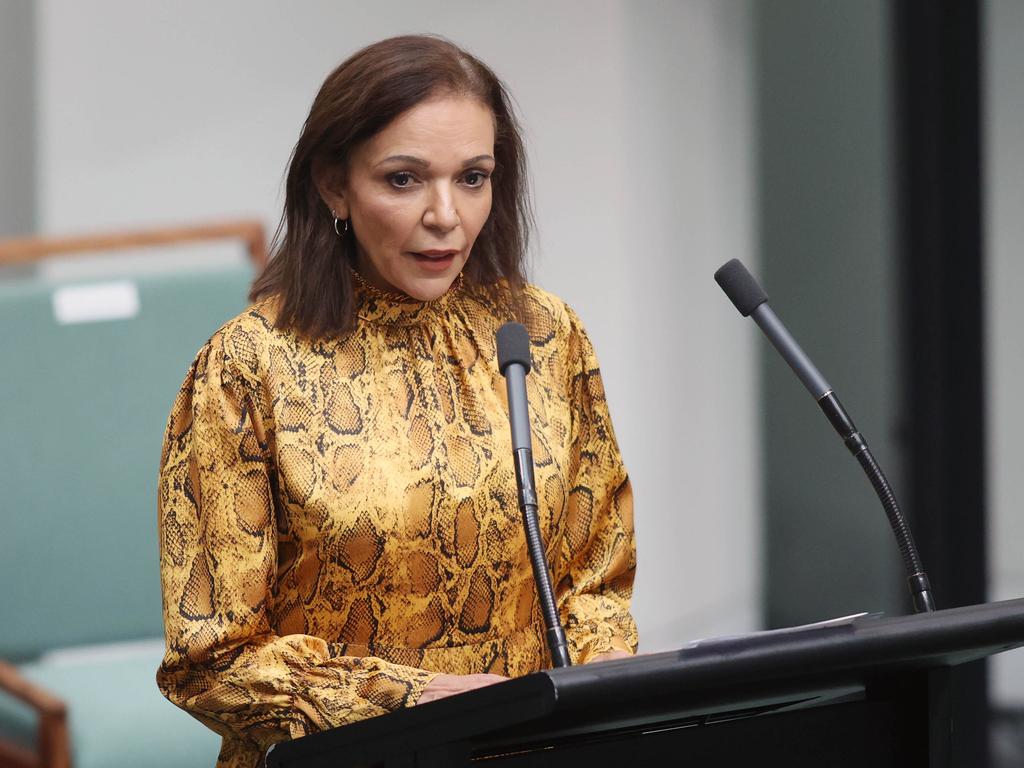$17.6bn blowout strains Victorian budget
Victoria’s deficit has blown out to $17.6bn – a more than 50 per cent rise on the $11.6bn forecast in last year’s budget.

Victoria’s operating deficit has blown out to $17.6bn – a more than 50 per cent increase on the $11.6bn forecast in last year’s budget – as the state begins its recovery from the pandemic amid record debt and high inflation.
Figures released by Treasurer Tim Pallas ahead of the handing down of his eighth state budget on Tuesday show while there has been a slight improvement in the state’s finances since the mid-year budget update in December, the overall picture is significantly worse than that presented in last year’s budget.
Daniel Andrews meanwhile signalled on Monday health spending would be the centrepiece of the budget, as he spruiked a $250 payment to Victorian households that use a government website to get a better energy deal.
The scheme is almost identical to a $50 payment offered by the Andrews government ahead of the 2018 state election.

In what represents a double election-year budget – handed down amid preoccupation with the federal election campaign but ahead of the November state election, the government is keen to highlight historic low unemployment, which has fallen to 4 per cent – well down on the 5.75 per cent forecast last year – with 280,000 jobs created in Victoria since the height of the pandemic.
After hitting $17.6bn in 2021-22, Victoria’s operating deficit is forecast to fall across the coming three financial years – although at a slower rate than predicted in the 2021-22 state budget.
While last year’s budget forecast an $11.6bn operating deficit, falling to $3.8bn in 2021-22, $2.1bn in 2023-24 and $2.1bn in 2024-25, this has been revised up to $17.6bn this financial year ($1.9bn lower than that forecast in the December budget update), falling less rapidly to $7.9bn in 2022-23, $3.3bn in 2023-24 and $1.1bn in 2024-25, before reaching a predicted $650m surplus in 2025-26.
Amid a regional unemployment rate of 3.2 per cent – almost a full percentage point below the national average – Mr Pallas will announce there are proportionately more Victorians in work than ever, with a participation rate at close to record levels and more than 400,000 full-time jobs created since Labor came to government in 2014.
The budget will forecast jobs growth of 3 per cent in 2021-22, 1.75 per cent in 2022-23, 1 per cent in 2023-24, 1.25 per cent in 2024-25 and 1.75 per cent in 2025-26.
On the infrastructure front, the government is planning to spend an average of $21.3bn each year across the forward estimates, claiming that its infrastructure program thus far has supported more than 190,000 jobs.
Economic growth in the form of gross state product is expected to reach 5.5 per cent in 2021-22 – lower than the 6.5 per cent forecast in last year’s budget.
But the government is sticking with its prediction of growth of 3.25 per cent in 2022-23, falling to 2.25 per cent in 2023-24 (down from 2.75 per cent forecast last year), and 2.75 per cent in each of 2024-25 and 2025-26.
The budget will show the Victorian economy is expected to be 8.7 per cent bigger at the end of 2021-22 than it was in 2018-19 – the last full financial year before the pandemic.
The government is also forecasting a cash surplus of $1.3bn by 2022-23, rising to $5.5bn in 2025-26, despite a deficit of $11.8bn in 2021-22 – largely due to a 9.7 per cent fall in government expenditure in 2022-23, courtesy of the short-term nature of many pandemic support initiatives.
The figures made available by the government ahead of the budget do not include details of debt levels, with new “initiatives to stabilise debt” expected to be announced on Tuesday.
The Premier described Tuesday’s budget as a “pandemic repair plan”.
“The centre piece will be … a massive investment in health and hospitals to repair the damage that the pandemic has done,” he said.
“This is all about making sure we’ve got more staff to treat more patients to catch up on some of the care that had to be deferred for safety’s sake.”
Opposition treasury spokesman David Davis said the Andrews government must confront escalating state debt in Tuesday’s budget, arguing that while the pandemic was partly to blame, so too were major project cost blowouts “careering out of control”.
“This debt is the legacy of Daniel Andrews and his government, and much of that debt was in place before Covid,” Mr Davis said.
“The budget went into deficit on the 31st of December 2019.”








To join the conversation, please log in. Don't have an account? Register
Join the conversation, you are commenting as Logout